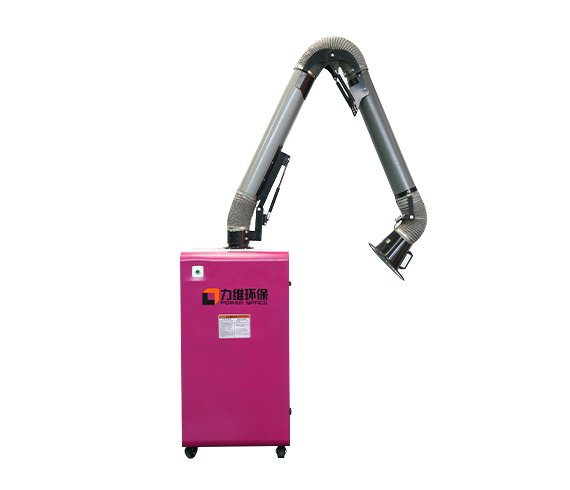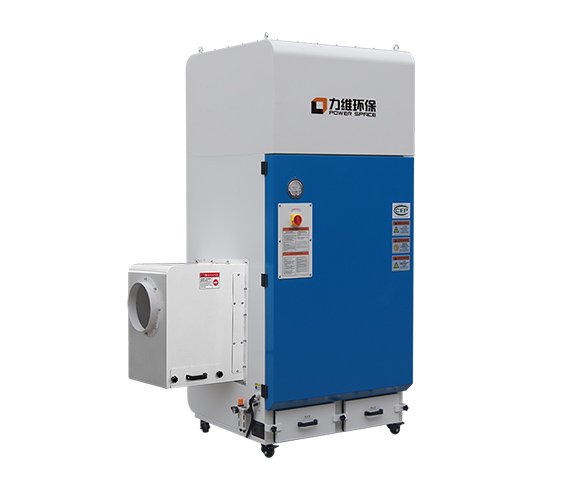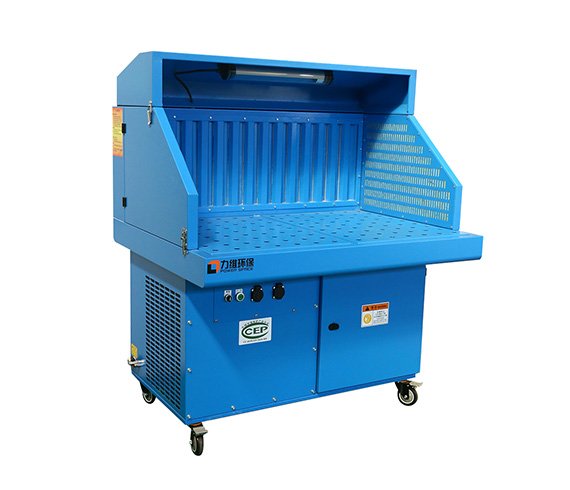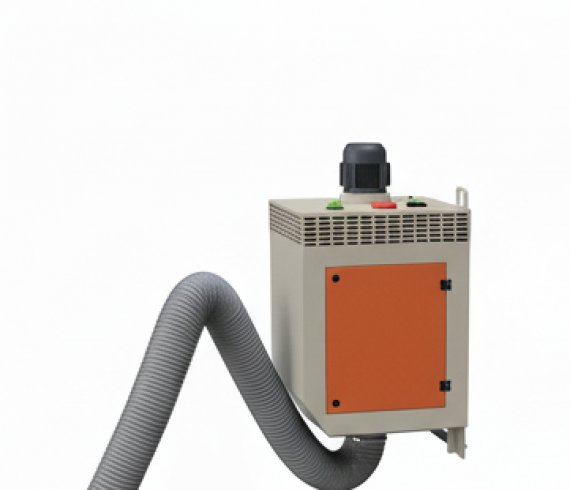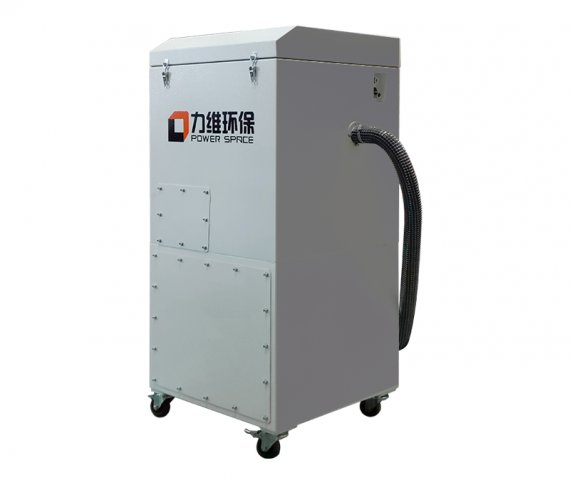News
Power Space tailor-made dust removal plan for you
Most welders rave about installing a mobile welding fume extractor to remove dust
In any industrial environment, a fume extractor is only as effective as its filter. Whether you are dealing with welding fumes, grinding dust, oil mist, or laser smoke, the quality and type of filter you use directly determine the air quality, system efficiency, and overall workplace safety.
This comprehensive guide will delve into the fume extractor filters, explaining their crucial role, different types, and how to select the perfect one for your specific needs. We’ll also highlight why Power Space stands out as your go-to partner for high-performance and reliable replacement fume extractor filters.
How Filter Work
Main Filter Cartridge: This is where the core filtration happens. Our main filter cartridge for fume extractor systems often uses advanced composite materials, such as fire-resistant filter media with a thin layer of PTFE (polytetrafluoroethylene) membrane. This technology ensures a high filtration efficiency of 99.9% for particles as small as 0.3 microns, making them ideal for capturing fine welding fumes. The pleated design dramatically increases the filter surface area, allowing for higher airflow and longer service life.
Choosing the Right Welding Fume Filter for Your Application
Selecting the correct welding fume filter depends on several key factors, including the type of welding, the volume of fumes generated, and the specific contaminants present.
MIG/MAG Welding: This process generates a significant amount of fine particulates. A high-efficiency pleated filter cartridge with a large surface area is the most effective solution.
Laser Cutting/Engraving: These processes create a mix of smoke, dust, and potentially toxic gases. A multi-stage system featuring a pre-filter, a main filter cartridge, and an activated carbon filter is highly recommended to handle the diverse range of pollutants.
Grinding and Sanding: While not a welding process, grinding creates large volumes of dust. A robust industrial dust collector filter is required to handle the heavy dust load without rapid clogging.

When to Replace Your Fume Extractor Filter?
Knowing when to replace your filter is crucial for maintaining system efficiency. A clogged filter can lead to:
Reduced Airflow: The suction power of the fume extractor will decrease, making it less effective at capturing pollutants at the source.
Motor Overload: The system’s fan motor will have to work harder to pull air through the clogged filter, potentially leading to overheating and premature failure.
Decreased Air Quality: As the filter becomes saturated, its ability to capture new particles diminishes, compromising the safety of the workspace.
Most modern fume extractors are equipped with pressure gauges or filter status indicators that alert you when a replacement is needed. As a general rule, a significant drop in airflow or an alarm signal is a clear sign that it's time to install a new replacement fume extractor filter. Regular inspection is also a good practice.

Ready to find the right filter for your system?
Contact us today to learn more about our full range of fume extractor filters and request a custom quote. Ensure your workplace has the clean air it deserves.
Qingdao Power Space Environmental Protection Technology Co., Ltd.
Email: sales3@liweihb.com
Phone: +86 13791957196


